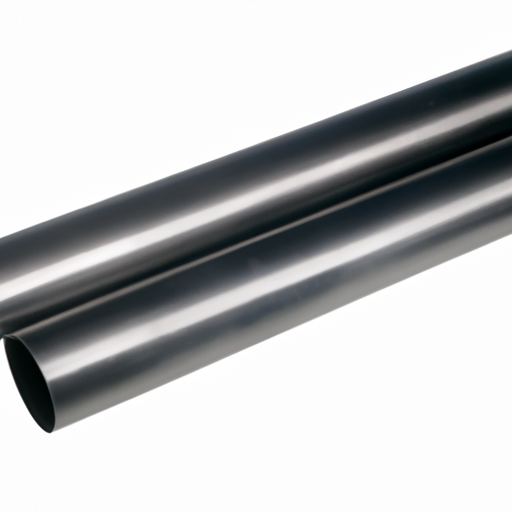Title: Double-Wall Thermal Tube: Revolutionizing Heat Transfer Efficiency

1. Understanding the Double-Wall Thermal Tube (200 words) The double-wall thermal tube is a specialized heat exchanger that consists of two concentric tubes, creating an annular space between them. This design allows for the circulation of a heat transfer fluid within the annular space, while the primary fluid flows through the inner tube. The double-wall construction ensures minimal heat loss, resulting in improved thermal efficiency.
2. Applications of Double-Wall Thermal Tubes (250 words) The versatility of double-wall thermal tubes makes them suitable for a wide range of applications. In industries such as HVAC, power generation, chemical processing, and food and beverage, these tubes are used for heat recovery, condensation, evaporation, and cooling purposes. The ability to handle high temperatures and pressures makes them ideal for demanding industrial processes.
3. Advantages of Double-Wall Thermal Tubes (300 words) The utilization of double-wall thermal tubes offers several advantages over traditional heat exchangers. Firstly, the double-wall design significantly reduces heat loss, resulting in enhanced energy efficiency and cost savings. Additionally, the annular space allows for efficient heat transfer, leading to improved overall performance. The double-wall construction also provides better resistance to corrosion, erosion, and fouling, ensuring longer service life and reduced maintenance requirements.
4. Environmental Benefits (200 words) The double-wall thermal tube contributes to environmental sustainability by reducing energy consumption and greenhouse gas emissions. By optimizing heat transfer efficiency, industries can minimize their carbon footprint and comply with increasingly stringent environmental regulations. The use of these tubes in waste heat recovery systems can also help harness wasted energy, further reducing environmental impact.
5. Future Developments and Innovations (250 words) As technology continues to advance, the double-wall thermal tube is expected to undergo further improvements and innovations. Researchers are exploring the use of advanced materials and coatings to enhance heat transfer capabilities and increase durability. Additionally, ongoing research focuses on optimizing the design and dimensions of the annular space to maximize heat transfer efficiency.
6. Case Studies and Success Stories (200 words) This section highlights real-world examples of industries that have successfully implemented double-wall thermal tubes. Case studies demonstrate the significant energy savings achieved, improved process performance, and reduced maintenance costs. These success stories serve as inspiration for other industries to adopt this technology.
Conclusion (100 words) The double-wall thermal tube represents a significant advancement in heat transfer technology. Its unique design and numerous benefits make it an attractive option for industries seeking to improve energy efficiency, reduce costs, and minimize environmental impact. As research and development continue, the future holds even greater potential for this innovative product to revolutionize heat transfer processes across various sectors.





